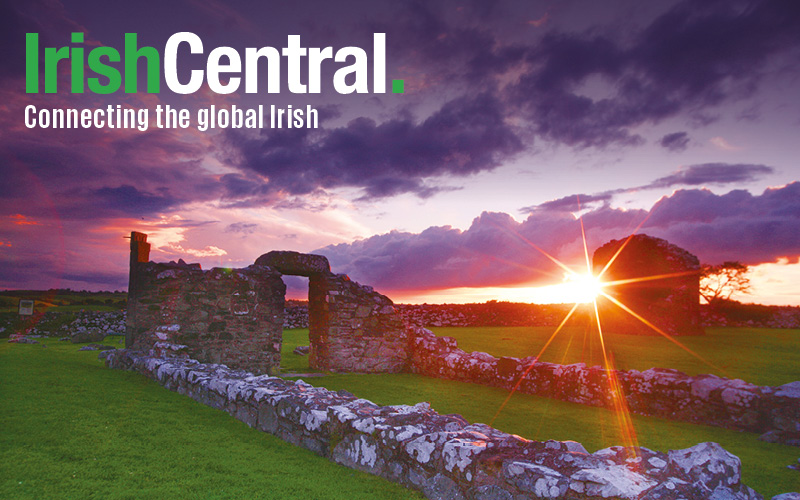Margaret Thatcher was prepared to redraw Ireland’s border and use repartition as a means of solving the North, new Irish cabinet papers reveal.
In November 1984, Thatcher told her Irish counterpart Garret Fitzgerald that “she wondered if a possible answer to the problem might not simply be a redrawing of boundaries,” according to an official note of the top-level meeting, which has been declassified under the 30-year-rule.
The meeting was held over two hours at Chequers, the British leader’s vacation residence.
She feared a Marxist state in the North she said and suggested the crisis could be resolved by “simply moving the border” so that 40 per cent of the population who considered themselves Irish could be part of the Irish Republic.
However, Fitzgerald rejected the offer out of hand and started Ireland need to have joint authority with Britain over the North.
Thatcher argued that giving Ireland such control would result in civil war.But Fitzgerald was adamant that joint authority was the only solution.
Soon after in her infamous “Out, Out Out” speech Thatcher strongly rejected the FitzGerald offer.
Thatcher argued that if Ireland got a measure of independence other minorities in Britain would also want new freedoms.
She said: “If these things were done, the next question would be what comes next? Were the Sikhs in Southall to be allowed to fly their own flag?”
FitzGerald also suggested a Belgian-style solution – a federal arrangement under a monarchy – Thatcher stated she “had not ruled it out, even though it would be attacked by unionists as an effective repartition.”
She added: “History shows that the Irish, whether the Scottish-Irish or the Irish-Irish, don’t like to move. However, they all seem to be terribly happy to move to Britain.”
Thatcher revealed she was deeply concerned that continued unrest would lead to a Marxist state.
“There was a real danger that a Marxist society could develop,” she added.




Comments